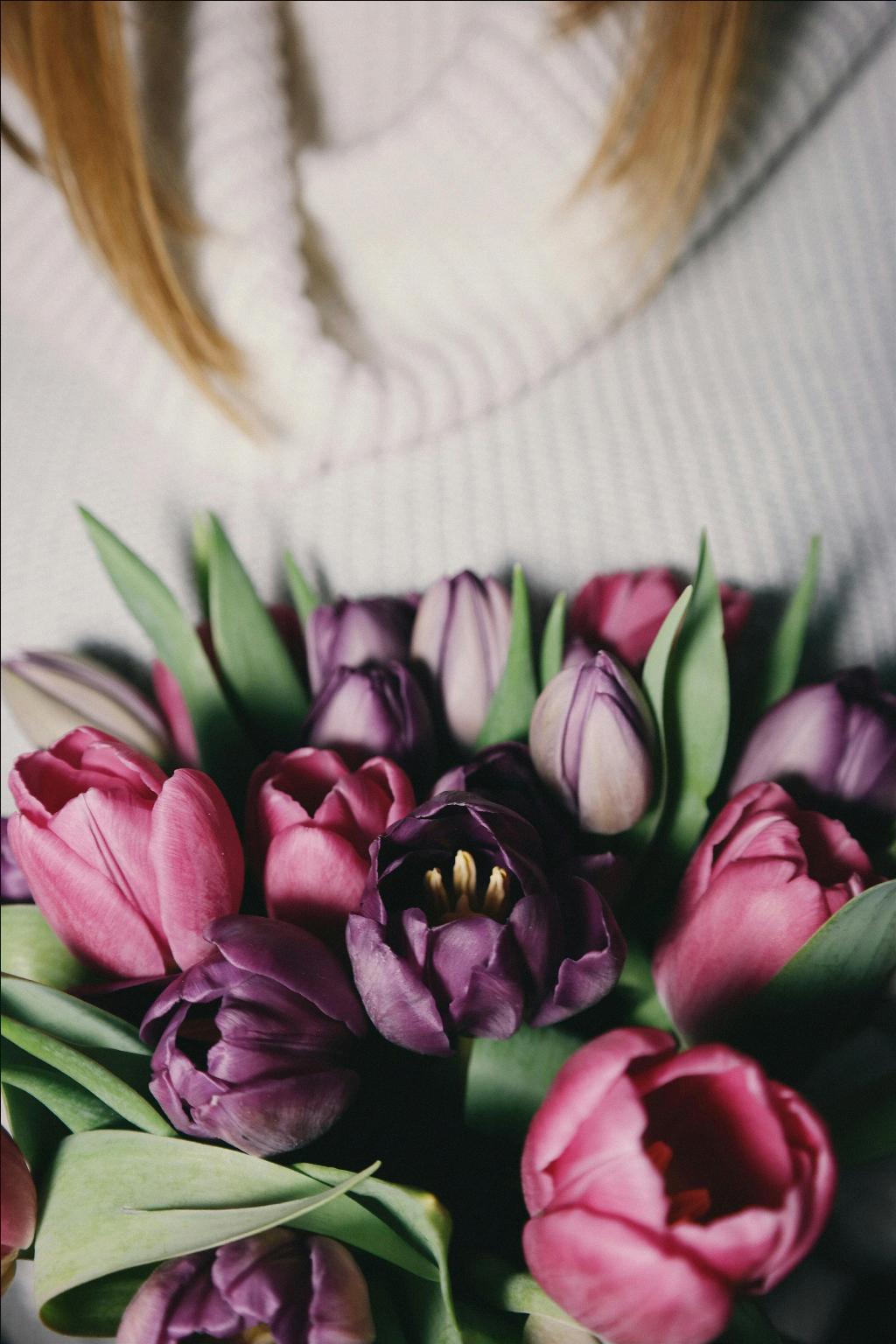Tulips, those vibrant and delicate flowers that have captivated gardening enthusiasts and admirers alike, have a fascinating history that traces back to Central Asia. It is widely believed that tulips were first cultivated in what is now modern-day Iran, back in the 10th century. Early records and historical accounts demonstrate the rich heritage of tulips in Persian culture.
The Journey to Europe
Over the centuries, tulips found their way to Europe through various means. By the 16th century, these stunning flowers were being cultivated in the magnificent gardens of the Ottoman Empire. It was during this time that tulips began to gain popularity among European aristocrats and botanists who marveled at their beauty and elegance.
A Symbol of Wealth and Status
In Europe, particularly in the Netherlands, tulips became more than just flowers – they became a symbol of wealth, status, and prestige. During the Dutch Golden Age in the 17th century, tulip mania swept through the country, leading to a speculative frenzy in the tulip market. People were willing to pay exorbitant prices for rare and exotic tulip bulbs, leading to a period known as “Tulipomania.”
Cultivation and Varieties
Today, tulips are cultivated in various parts of the world, with the Netherlands being one of the largest producers of tulip bulbs. There are thousands of tulip varieties available, ranging in color, size, and shape. From the classic single-petaled tulips to the whimsical parrot tulips, there’s a tulip for every taste and preference.
Growing Tulips in Your Garden
If you’re looking to add a touch of springtime beauty to your garden, consider planting tulip bulbs in the fall for a burst of color in the spring. Tulips prefer well-drained soil and plenty of sunlight to thrive. With a bit of care and attention, you can enjoy the stunning blooms of tulips year after year.
The Symbolism of Tulips
Throughout history, tulips have been associated with various meanings and symbolism. In different cultures, tulips have been seen as symbols of love, passion, beauty, and rebirth. The diverse colors of tulips also carry different meanings – red symbolizes love, while yellow represents cheerful thoughts.
Tulips in Art and Literature
Tulips have inspired artists, poets, and writers throughout the centuries. From the still-life paintings of the Dutch masters to the romantic verses of famous poets, tulips have been a muse for creative minds. Their ephemeral beauty and vibrant colors have captured the imagination of many.
Fun Facts About Tulips
Did you know that tulips continue to grow after being cut? If you place a tulip in water, it will continue to lengthen and bend towards the light. Tulips are also part of the lily family and are related to garlic, onions, and asparagus. Their bulbs were used in World War II to replace onions due to shortages.
Tulips Around the World
While the Netherlands is famous for its tulip fields and annual tulip festival, tulips can be found in various parts of the world. Turkey, China, and the United States are also major producers of tulips. Each year, tulip festivals and events celebrate the beauty and diversity of these beloved flowers.
Preserving the Heritage of Tulips
As we continue to enjoy the beauty of tulips in our gardens and landscapes, it’s important to preserve the heritage and legacy of these remarkable flowers. By supporting sustainable practices in tulip cultivation and conservation efforts, we can ensure that future generations can also experience the wonder of tulips.
In Conclusion
In conclusion, the origins of tulips in Central Asia, their journey to Europe, and their symbolic significance throughout history all contribute to the enduring appeal of these exquisite flowers. Whether you admire them in a garden, receive them as a gift, or simply appreciate their beauty in art and literature, tulips continue to enchant and inspire us with their timeless grace.

